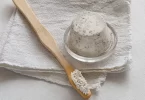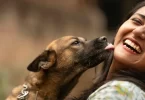The number of common people foods that can be toxic to dogs will surprise many.
One of the most frequent questions we get is “Can my dog eat ______,” with the blank being filled in with any of dozens of different people’s foods. “Can my dog eat apples”, “Can my dog eat pistachios”, “Can my dog eat beets?”, etc. While a great majority of human foods are safe for dogs to eat, there is a number that is toxic and should be avoided at all costs.
We’ve all been there. You’re snacking on food, your dog approaches with interest, and you then have to decide whether to share a bit with your pup. Or after dinner, you’re scraping plates into the trash, and you realize (with the help of your dog’s pleading expression) that they would probably enjoy what’s left of your meal.
The following list of foods toxic to dogs will help make your decision whether or not to share as your pup stares up at you with those longing eyes.
10. Chocolate
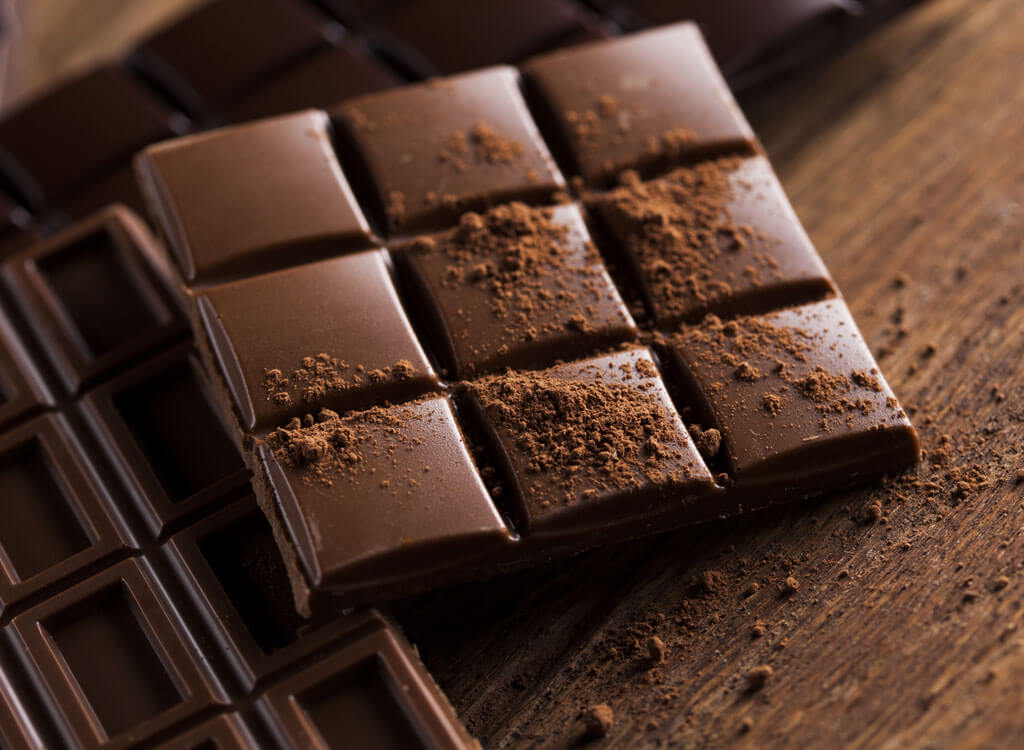
Probably the most well-known no-no food for dogs, chocolate can be dangerous and even fatal if consumed in large enough quantities. The toxic substance is theobromine, which like caffeine, is a methylxanthine. Methylxanthines are alkaloids, which can be found in high concentrations in chocolate and coffee. Theobromine can cause diarrhea, vomiting, tremors, seizures, and even cardiac arrest, among other symptoms and complications.
The most dangerous chocolates are dark chocolate and unsweetened baking chocolate. We recently heard a terrible story involving a dog on Christmas morning who discovered a stocking Santa left before the family’s children woke and devoured all the chocolate inside. Fortunately, the dog lived, but not after awful symptoms and an expensive Christmas visit to the emergency animal hospital.
Veterinarians will tell you that the most common times for chocolate-related incidents with dogs are around holidays like Christmas, Easter, and Valentine’s Day when chocolate is most present in homes. So take extra care in these ties to keep it away from your dogs.
9. Grapes and Raisins
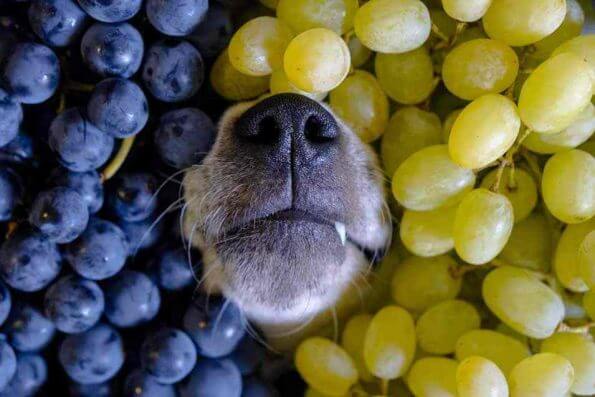
Little is known about what exactly in grapes and raisins causes toxicity to dogs, but the danger is certain. An alarming number of illness, including cases of kidney failure in dogs, have occurred as a result of eating grapes and raisins. There is no data on how many grapes or raisins must be eaten before they pose a risk to a dog, but some cases have been reported citing as few as one.
Symptoms can include lethargy, vomiting, diarrhea, lack of appetite, depression, and difficulty urinating, and diagnoses can include renal failure. Since so little is known about the actual cause of the toxicity, it is prudent to do your best to keep your dog from ingesting any grapes or raisins whatsoever.
8. Corn Cobs
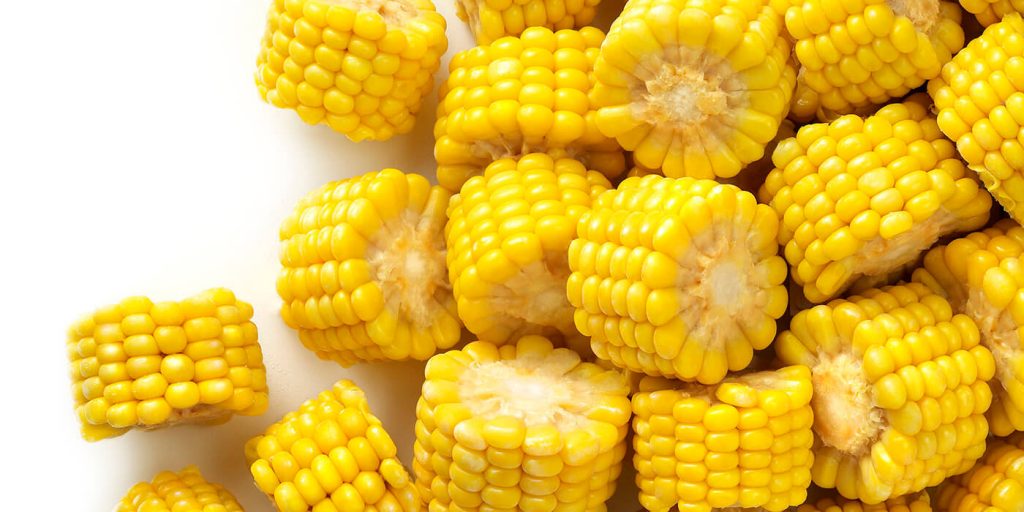
Corn is generally safe for dogs to eat, but corn cobs are definitely not. Dogs will wolf the cobs down, leaving large pieces in their stomach and gastrointestinal tract. Unfortunately, they cannot be digested and remain as large objects, capable of causing bowel obstruction and major intestinal blockage, a potentially fatal condition.
Whether dogs are given corn cobs by their owners or they steal them from the trash or unattended plate, cobs pose a serious danger to dogs. Corn cobs are one of the most common items removed from dogs’ stomachs by veterinarians.
7. Onions, Garlic, and Chives
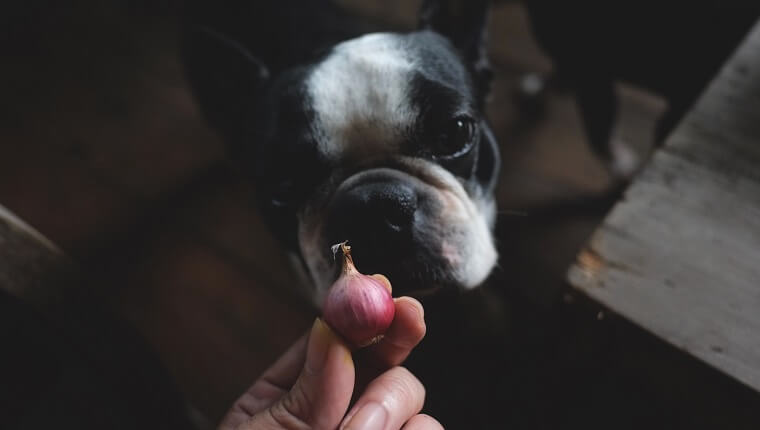
One of the most toxic foods for dogs are onions. While it takes ingesting a fair amount of onions to prove fatal, they can cause weakness, respiratory problems, and vomiting. This includes both raw onions (which fortunately most dogs won’t eat), cooked onions, chives and scallions, and garlic (fresh, cooked, or powdered).
Garlic is especially toxic to dogs when they chew it as it releases organosulfur compounds, which are easily absorbed by a dog’s intestinal tract, where they metabolize into highly reactive oxidants.
Onions and garlic can both kill red blood cells and cause anemia, so best to keep them all away from your dog. Bonus: it will also spare your pup from having onion or garlic breath.
6. Caffeine
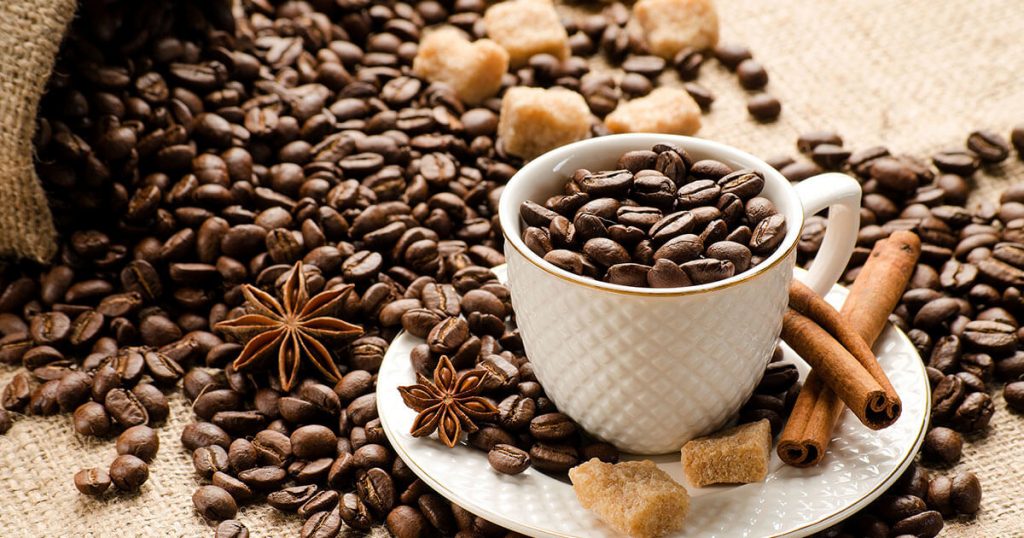
For the same reasons given above regarding chocolate, caffeine should be avoided for dogs. The methylxanthines it contains can cause the same issues for your dog as the ones in chocolate do. Caffeine is found in tea and chocolate products as well as coffee.
5. Avocado
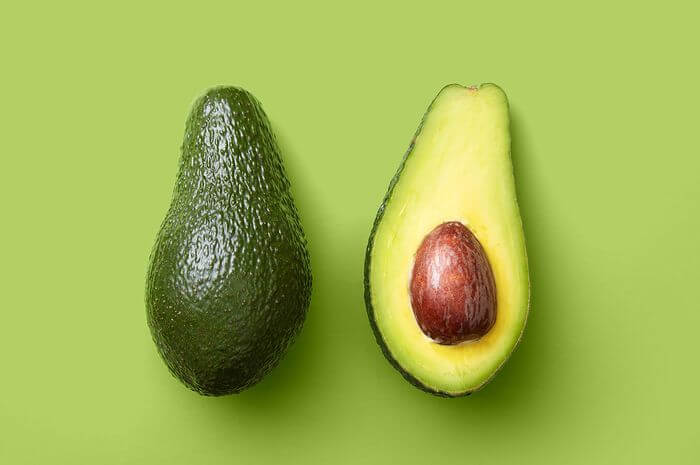
The dangerous toxin to dogs in avocado is persin. It can be found in the edible fruit as well as the seed (the pit), leaves, and bark of the avocado. Along with its high-fat content, ingesting avocados can cause vomiting and diarrhea. In addition to not feeding your dog avocados, be careful that they don’t find them on the ground if you live in an area where they grow.
Also, because of its size and density, the avocado seed can be dangerous if swallowed by a dog. Small enough to swallow for some dogs but often too big to pass through its digestive system, the avocado seed can cause an obstruction in the stomach or intestines, which can require emergency surgery or be fatal.
4. Persimmons, Peaches, and Plums
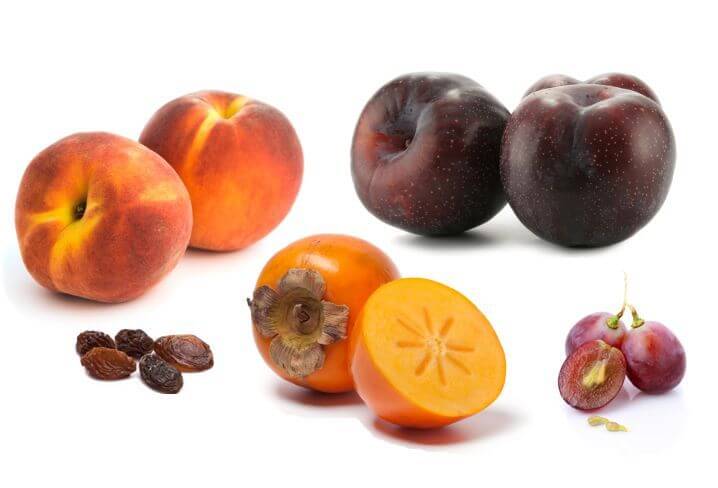
The meat of these fruits is fine; their pits/seeds, however, are dangerous as they can cause intestinal issues in dogs. Peach and plum pits also have cyanide, which is poisonous.
3. Xylitol

Xylitol, a very common artificial sweetener, is a risk to your dog’s health. It can be found in a large variety of products, including gum, candy, mints, toothpaste, baked goods, and ice cream.
Ingesting Xylitol can cause insulin release, which can lead to liver failure. This insulin increase leads to hypoglycemia
Initial symptoms include vomiting, stumbling, coordination issues, lethargy, and low energy as a result of low blood sugar. Seizures can follow, and elevated liver enzymes and liver failure can follow within days after ingestion of Xylitol.
2. Chewing Gum
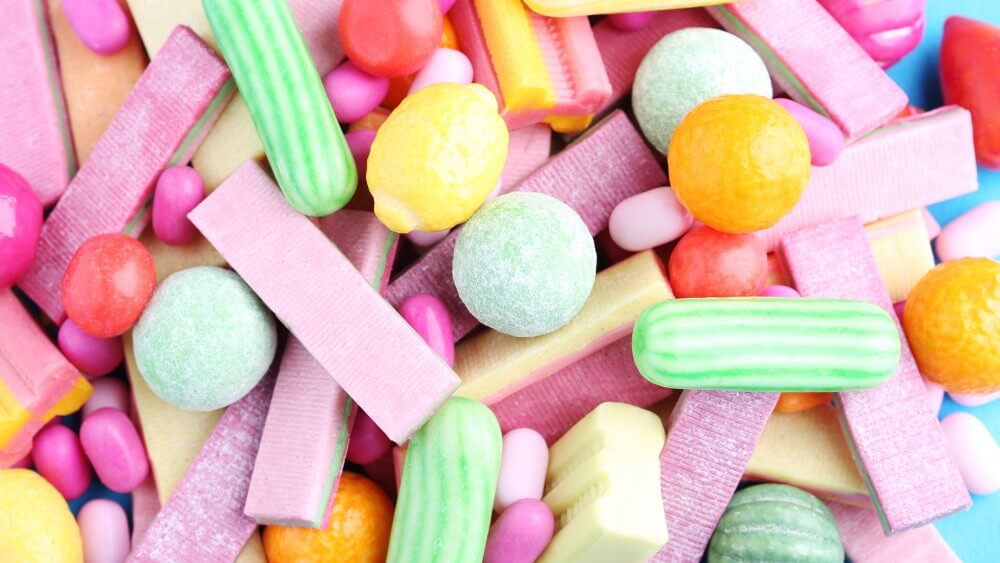
Chewing gum contains Xylitol (see above). We mention gum separately because it’s such a common item that dogs often are able to find discarded on the ground or sitting on accessible furniture, etc.
1. Raw Meat and Fish

While it seems perfectly natural to give your dog a hunk of raw meat, doing so can increase the risk of exposure to bacteria like E. coli and Salmonella. These bacteria can cause stomach issues such as diarrhea and vomiting.
If you decide to feed your dog a raw diet, do your research and consult with a vet to avoid the risks of bacteria.
Some fish, including salmon and trout, can have a parasite that causes “fish disease.” It’s killed by cooking the fish.
